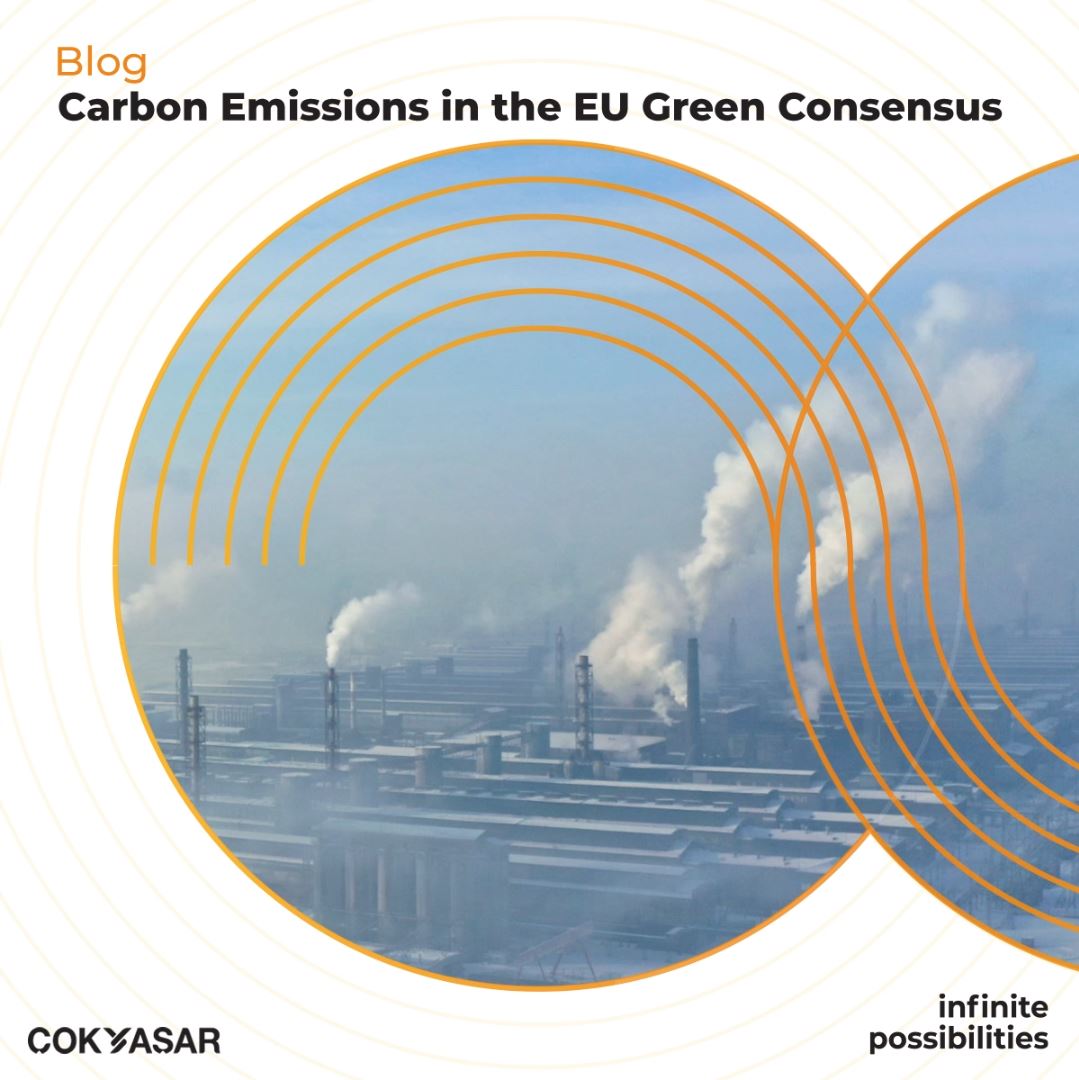What is the European Green Deal?
The European Union has set the goal of the first carbon neutral continent by 2050. The European Green Deal prepared in this context aims to realize the EU's industrial transformation by 2050 on the axis of climate change. With this agreement, carbon-based growth will be replaced by clean energy and circular economy-oriented growth models.
The main objectives of the European Green Deal can be listed as follows;
- Reducing greenhouse gas emissions
- Energy efficiency
- Circular economy
- Clean and renewable energy
- Environmentally friendly production in industry
- A sustainable economy
The Compact aims for an inclusive transformation by turning environmental challenges into opportunities. It aims to increase resource efficiency, protect biodiversity and reduce pollution.
Within the scope of the European Green Deal, efforts are being made to reduce greenhouse gas emissions by 55% compared to 1990 levels by 2030 and to become carbon neutral by 2050. The environmental plan put forward in this context develops additional measures to minimize the carbon footprint.
The Green Deal aims to develop green transformation in the economy. It addresses all policies such as recycling-oriented industry, sustainable and renewable energy, smart investments, environmentally friendly food industry, zero waste. The Green Deal envisages the reshaping and green transformation of the EU economy, including energy, transportation, industry, finance, construction and agriculture.
With the Green Deal, the EU has introduced activities such as carbon tax to its trade stakeholders in order to reduce carbon emissions based on international trade activities.
Carbon Regulation and Carbon Tax at the Border
The EU aims to reach net zero emissions by 2050 as part of the fight against the climate crisis. In this framework, the EU demands that the countries it cooperates with also implement Green Deal procedures. Products from these countries are subject to carbon pricing through the Border Carbon Adjustment Mechanism (CBAM).
The carbon content of the product is taken into account in selected sectors with the carbon at the border scheme. The introduction of a border tax for imported materials in sectors where there is a risk of carbon leakage is also considered in the agreement.
Green Deal and its Impact on Türkiye
The EU is Turkey's largest trading partner. For this reason, businesses such as cement, iron and steel, automobiles and textiles, which export large amounts of goods from Turkey to EU countries, must continue to work in accordance with this agreement. Our country continues its efforts to fulfill the requirements of the agreement in order not to be left behind in global competition and to take part in the new market.
Following the EU Green Deal announcements, the "Green Deal Action Plan 2021 (YMEP) was prepared and put into effect in our country.
The business world, from automotive to chemistry, from environment to energy, from iron and steel to agriculture and animal husbandry, sectors that are at the forefront of exports to the EU have accelerated their work within the scope of the Border Carbon Regulation.
All companies, from conglomerates to SMEs, are realizing investment and business plans for compliance with the Green Deal process. Although high-emission sectors such as cement and construction, iron and steel, agriculture and livestock are among the most affected by the implementation, the Green Deal has opened the doors to a new process by affecting every area of the business world.
Within the scope of the "Green Transformation Action Plan", green and circular economy, carbon regulation at the border, clean and renewable energy, sustainable agriculture, smart transportation and buildings, and efforts to combat climate change have started to be implemented.
As Çokyaşar Holding, we produce environmentally friendly solutions for the climate crisis and environmental problems faced by the world. We support raising public awareness for a sustainable environment. We invest in renewable energy sources and obtain some of the energy consumption of our factory from renewable energy sources.





